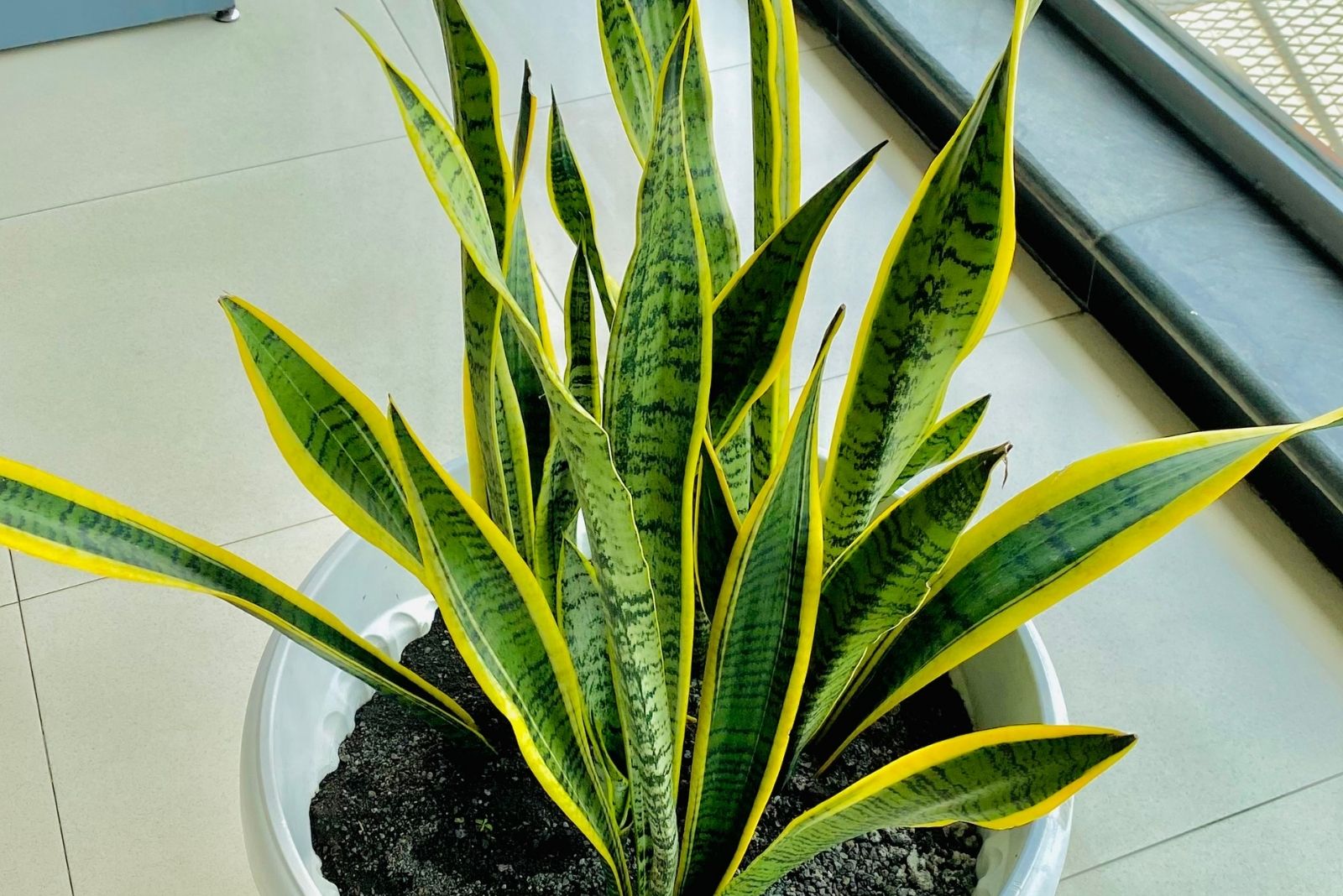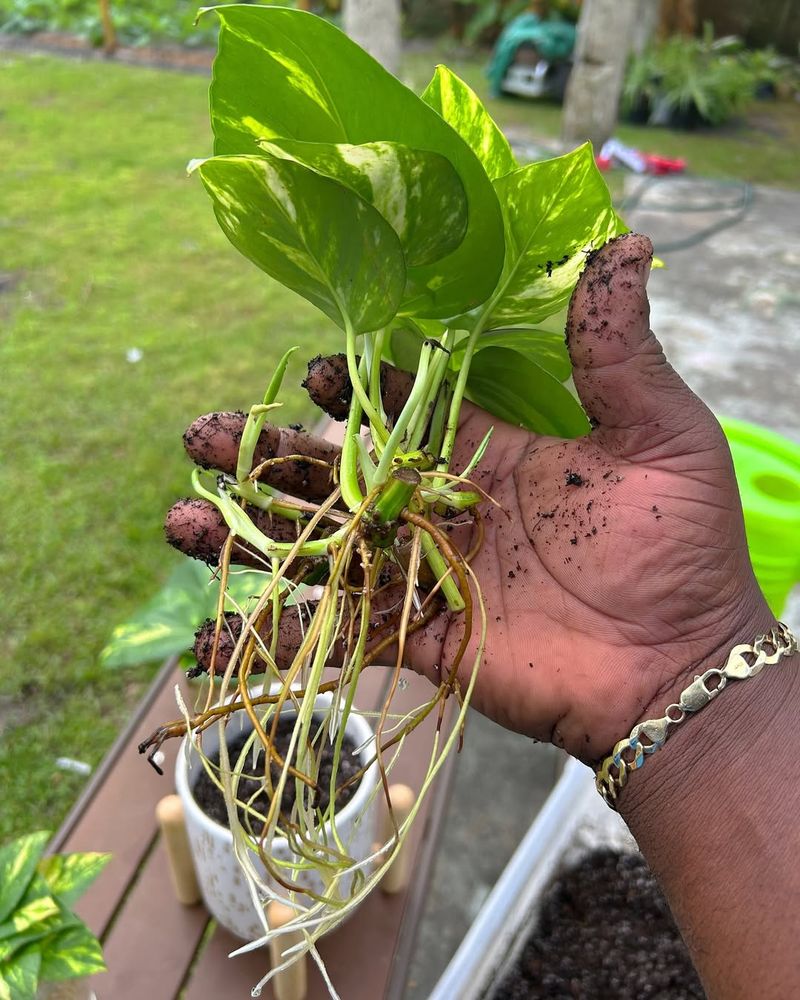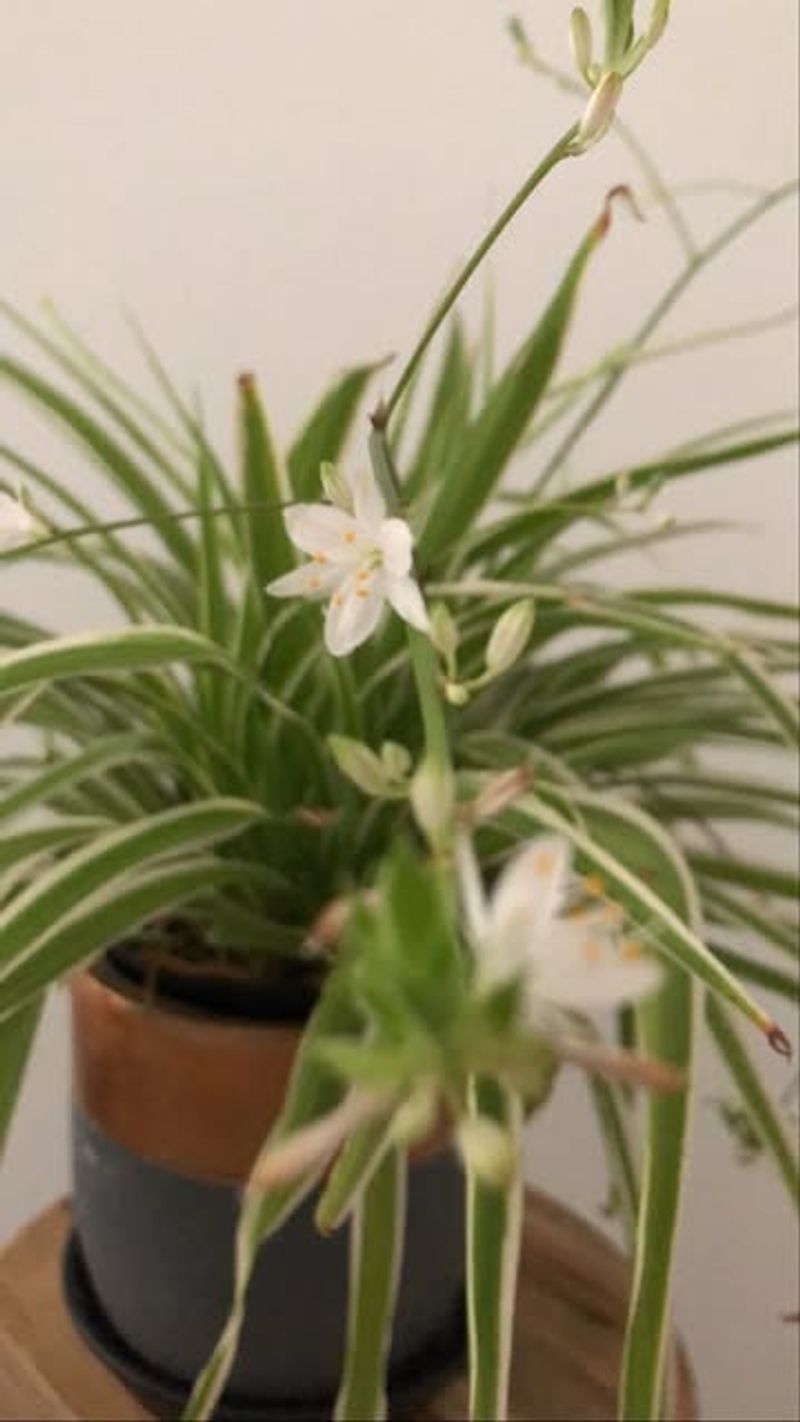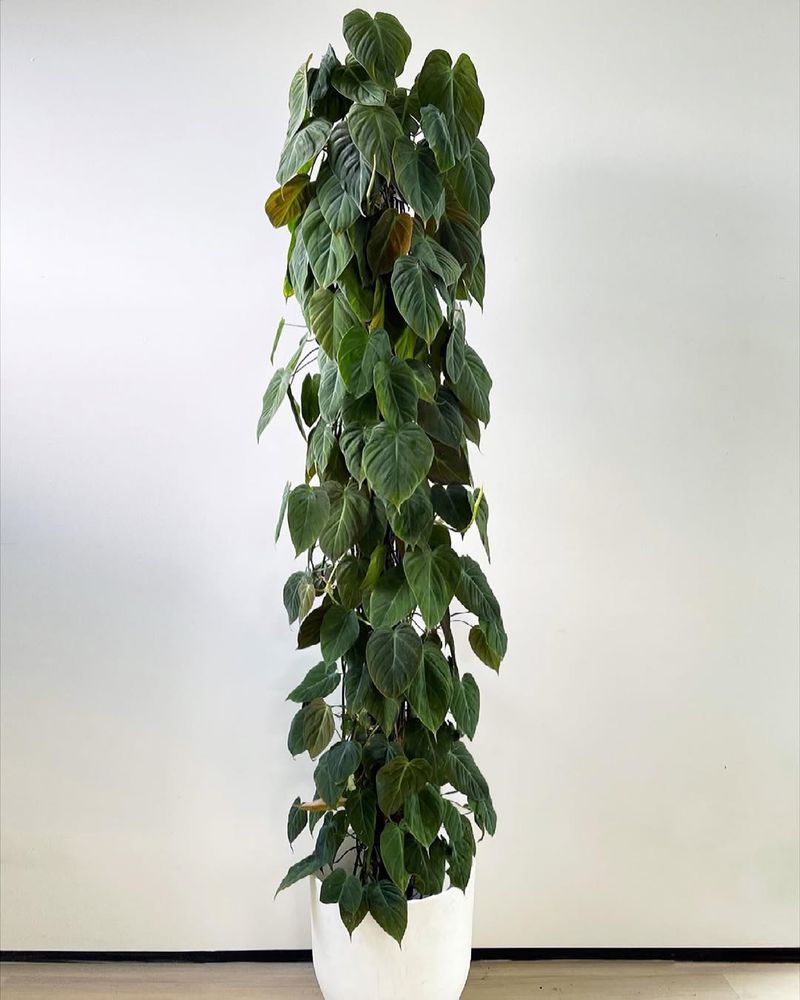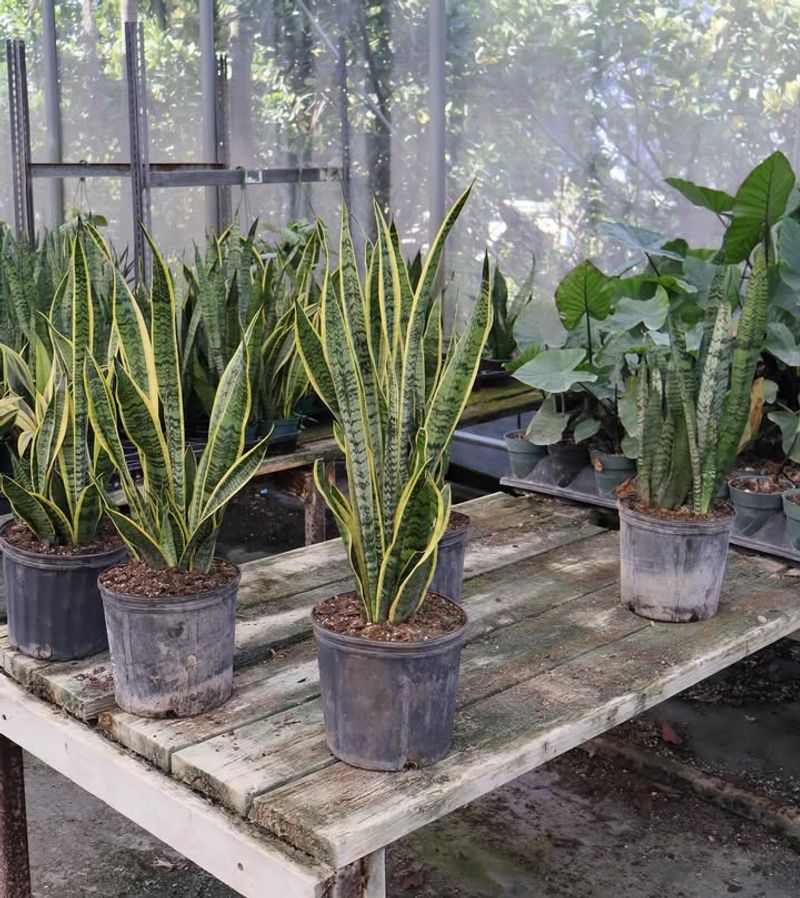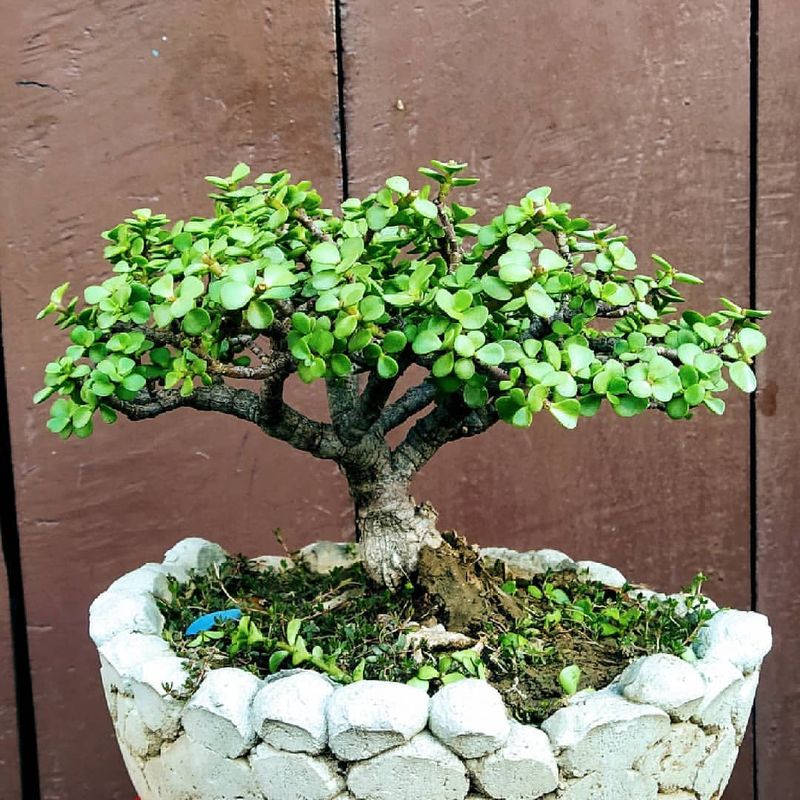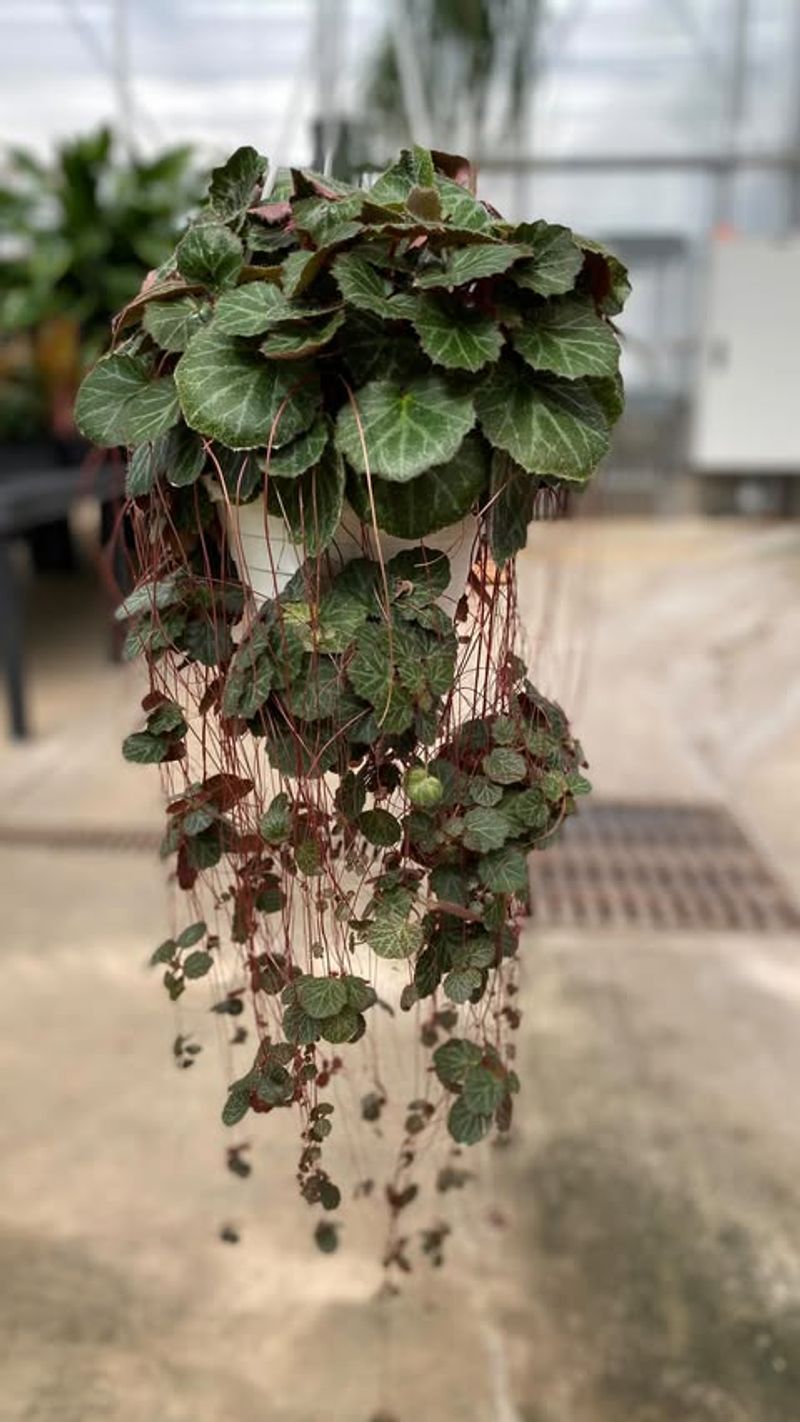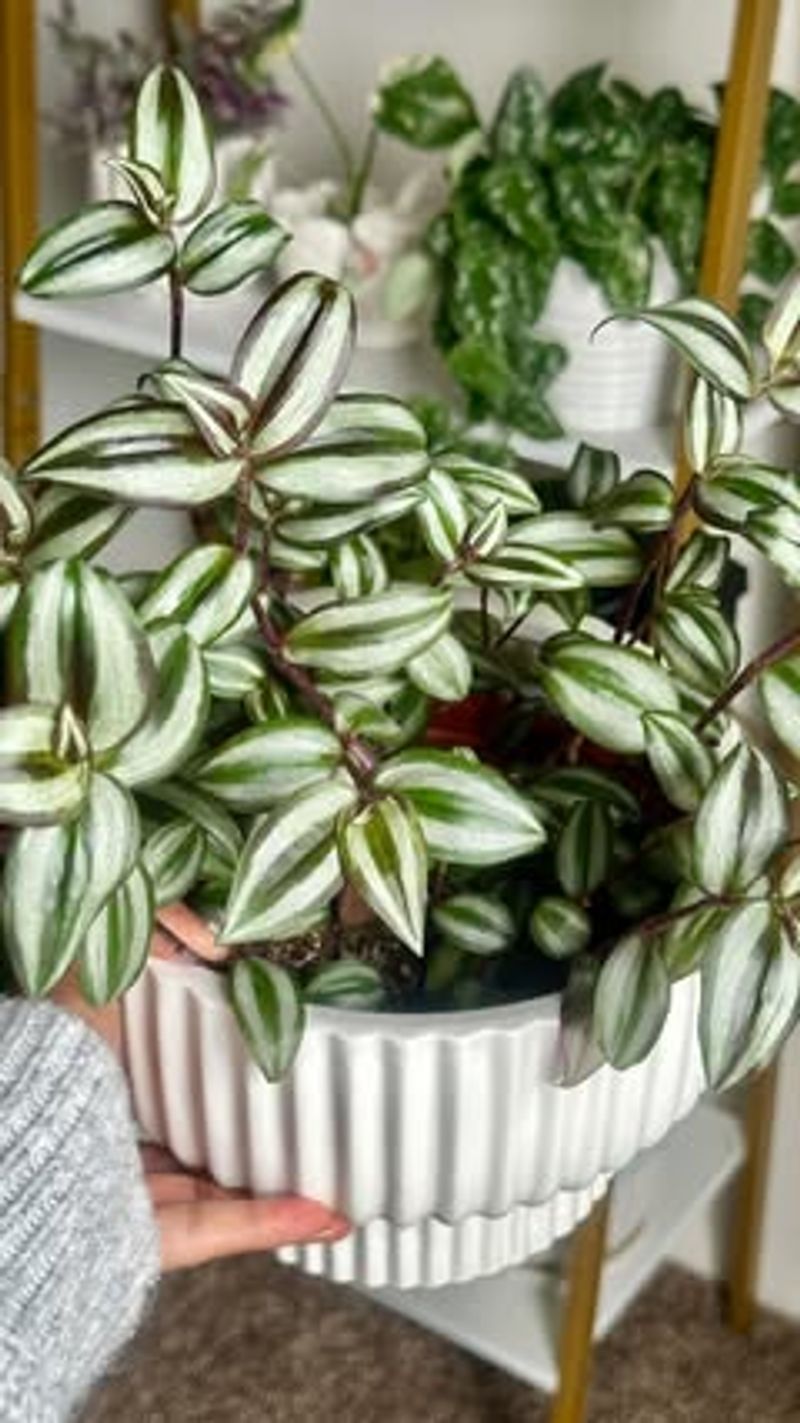November in Florida brings cooler temperatures and lower humidity, making it an ideal time to expand your indoor plant collection through propagation. Instead of buying new plants, you can create fresh ones from cuttings or divisions right in your own home.
Many popular houseplants thrive when propagated during this comfortable season, giving you more greenery to enjoy or share with friends.
1. Pothos
Snip a stem just below a node where leaves attach, and you’ll have a new plant starting in days. Pothos roots develop quickly in plain water, making it one of the easiest plants for beginners to multiply.
Florida gardeners love how forgiving this plant is, even in varying indoor conditions. Place your cutting in a jar on a windowsill, and watch white roots emerge within a week or two. Once roots reach about two inches long, transfer to soil and enjoy your new plant.
2. Spider Plant
Nature does most of the work with spider plants since they produce ready-made babies on long stems. These miniature versions already have tiny roots forming, so you simply snip them off and pot them up.
November’s mild weather in Florida means these babies establish themselves without stress from extreme heat. You can also leave the babies attached to the mother plant until roots grow longer, then separate them. Either way works beautifully for creating multiple new plants effortlessly.
3. Philodendron
Did you know philodendrons share the same family as pothos and propagate just as easily? Cut below a node, remove lower leaves, and place in water or moist soil to start fresh roots.
The comfortable November temperatures throughout Florida homes create perfect conditions for root development. These tropical beauties appreciate the state’s natural humidity, which helps cuttings stay healthy during the rooting process. Within three weeks, you’ll typically see strong root systems ready for permanent potting.
4. Snake Plant
Slice a healthy leaf into three-inch sections, let the cut ends dry overnight, then stick them in sandy soil. Snake plants take longer than water-rooted varieties, but patience pays off with tough, resilient offspring.
This method works wonderfully during Florida’s November when humidity levels drop slightly, reducing rot risk. Mark which end was pointing up on each cutting since they only root from the bottom portion. In several weeks, tiny new plants will sprout from the base of your leaf sections.
5. Jade Plant
With a heart as tough as its thick leaves, the jade plant multiplies from both stem and leaf cuttings. Remove a stem section or single leaf, let it callus over for a day, then nestle it into cactus soil mix.
Florida’s November climate offers ideal conditions since jade plants prefer drier air when establishing roots. Water sparingly and place in bright indirect light. Your cutting will develop roots within a month, eventually growing into a miniature tree-like specimen that can last generations.
6. Begonia
Begonias offer multiple propagation paths, from stem cuttings to single leaves laid flat on soil. Some varieties even grow new plants from leaf veins when you make small cuts and pin the leaf down.
November in Florida provides the cooler conditions begonias prefer, avoiding the summer heat that can stress new cuttings. Keep soil consistently moist but not soggy, and maintain good air circulation. Soon you’ll notice tiny plantlets emerging, each one developing into a full-sized beauty.
7. Inch Plant
Despite its name, the inch plant grows much faster than an inch at a time, especially when you’re propagating it. Snip any stem section with a few leaves, drop it in water, and roots appear almost magically within days.
Florida plant lovers appreciate how quickly this one multiplies, filling pots or baskets in no time. The comfortable November temperatures mean cuttings root without the wilting that can happen during hotter months. Combine several rooted cuttings in one container for an instantly full, cascading display.
8. Aloe Vera
Aloe plants generously produce offsets called pups around their base, giving you free plants without even trying. Wait until pups reach about three inches tall, then carefully separate them from the mother plant with some roots attached.
November’s drier conditions in Florida help prevent rot as your separated pups establish themselves in fresh soil. Let the cut area dry for a day before planting, then water lightly. These healing plants make wonderful gifts and thrive on windowsills throughout the state’s mild winters.

